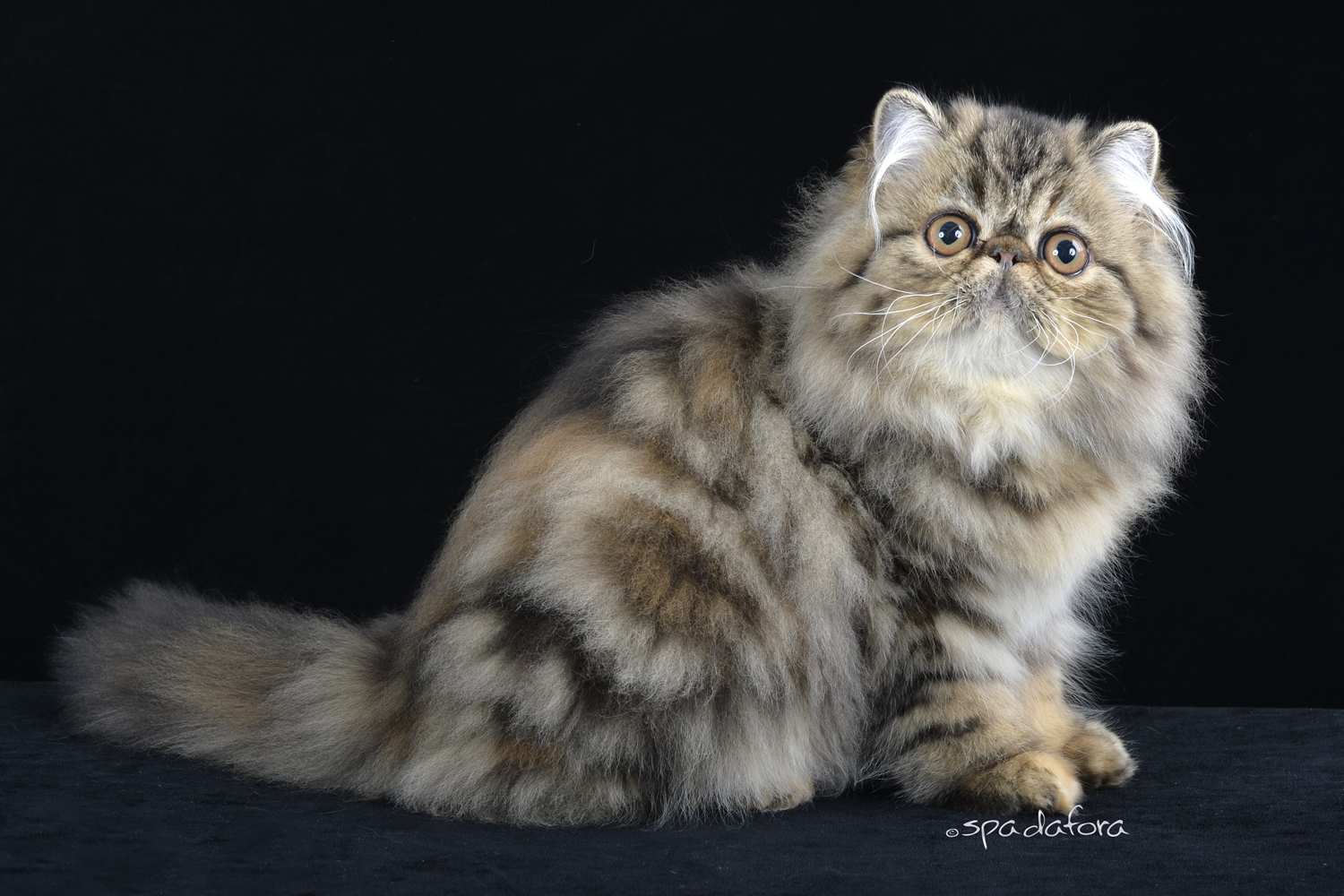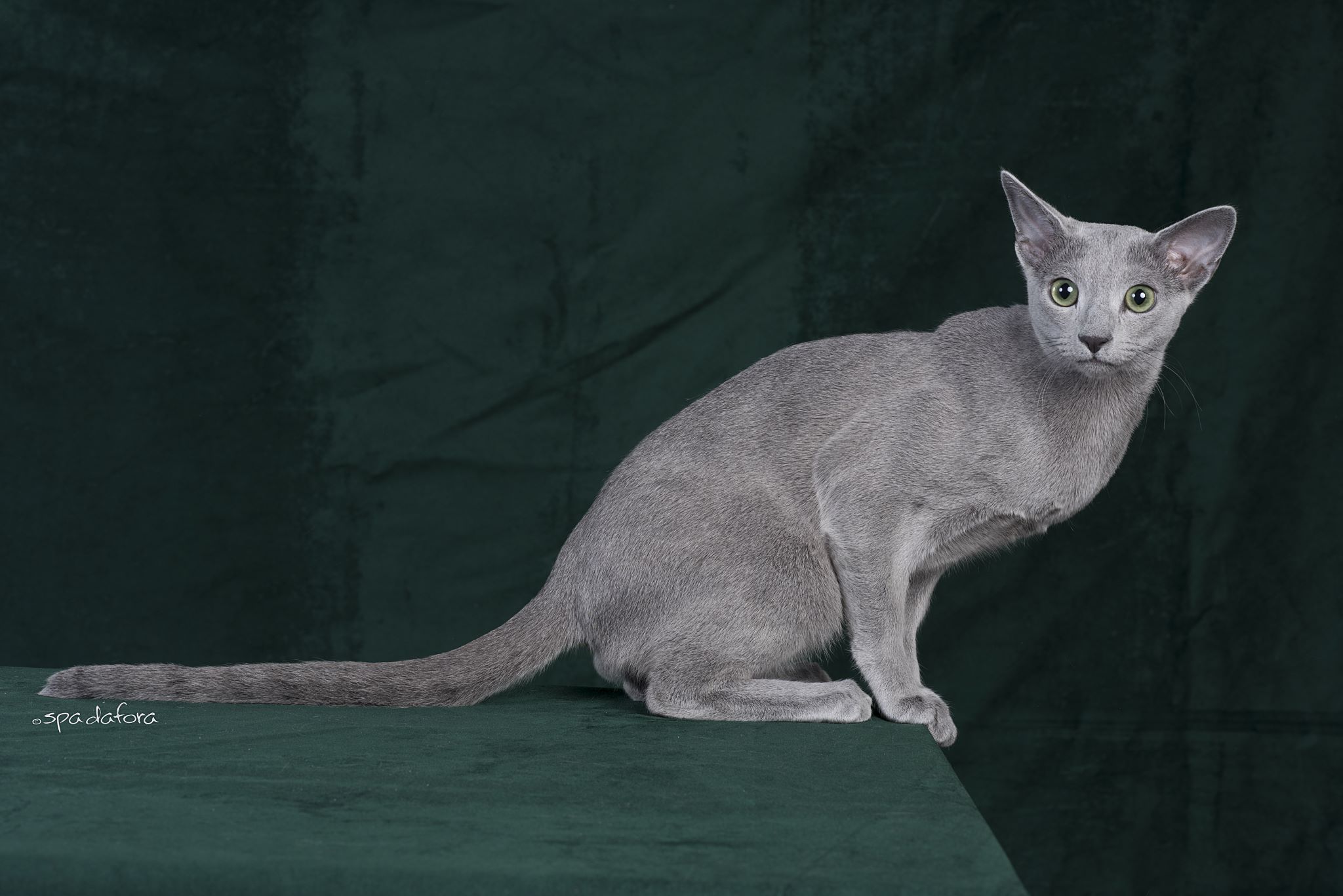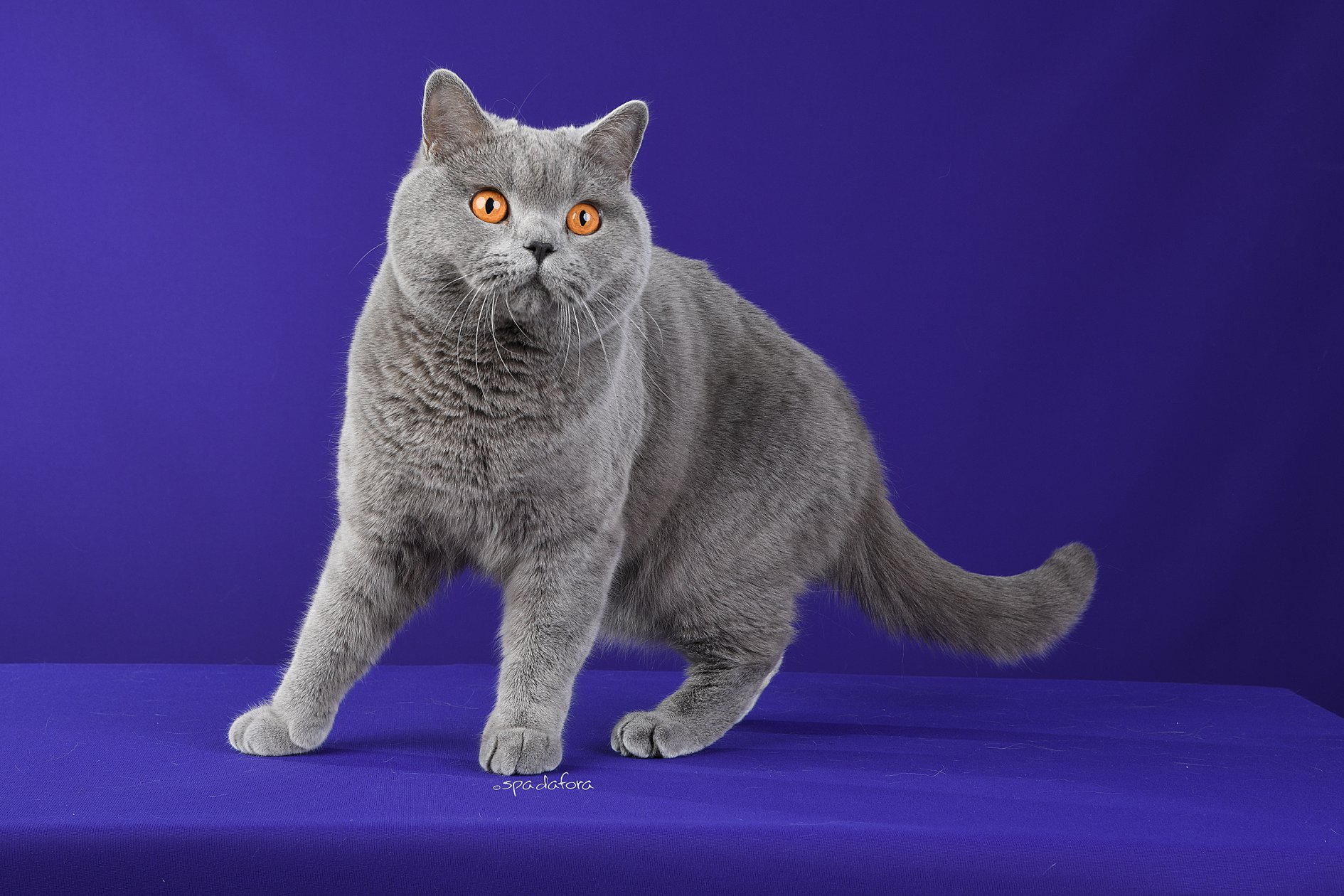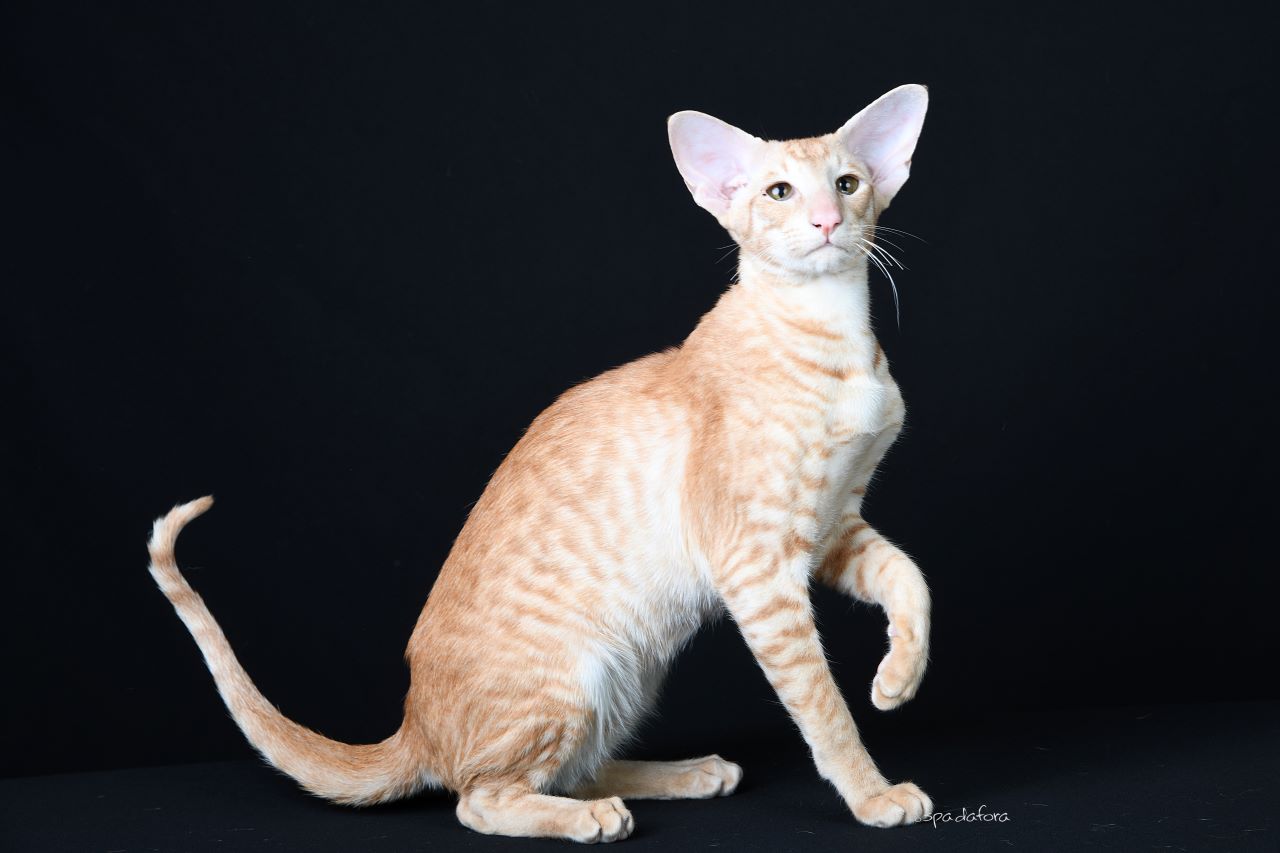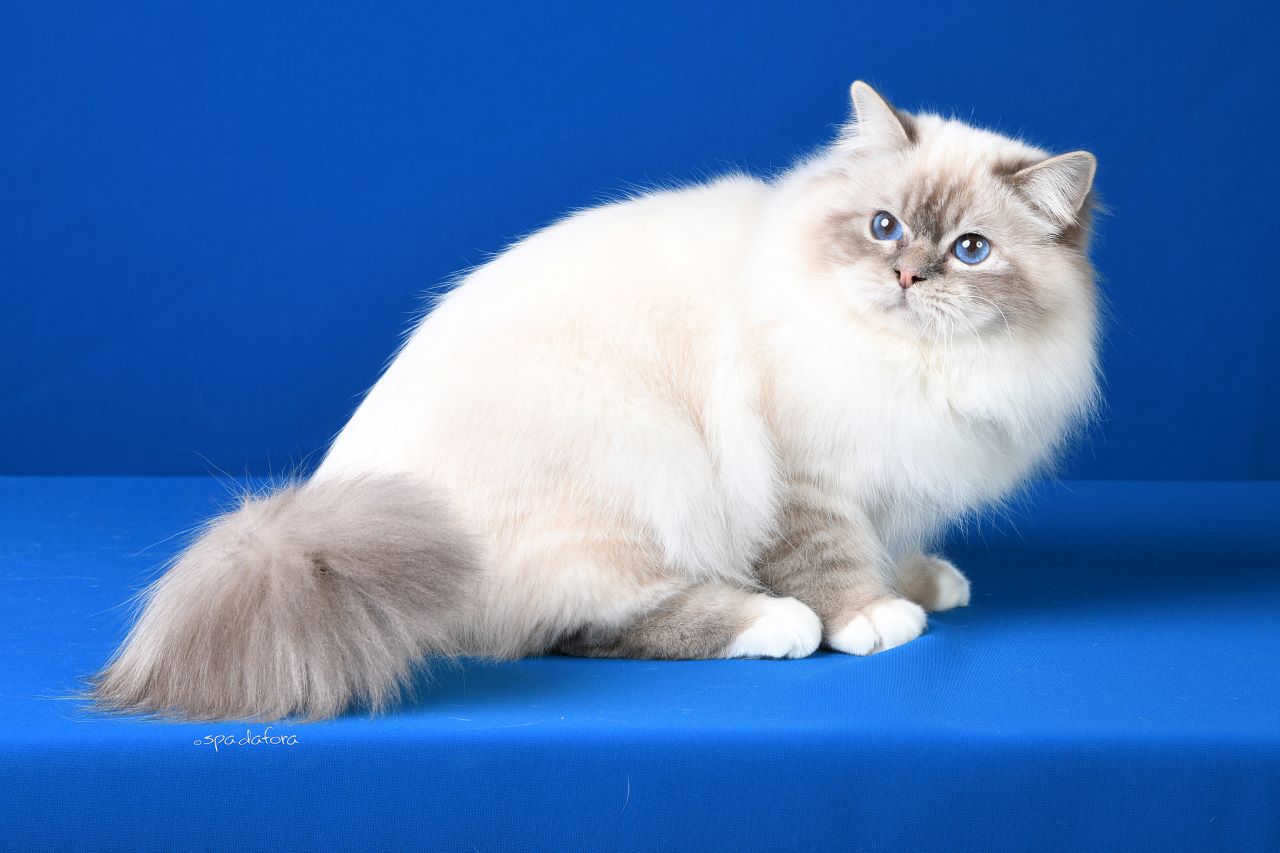How do our domestic felines feel about high temperatures?
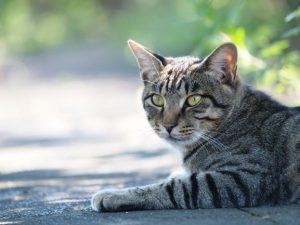 As felines whose ancestors came from the desert, they can actually cope quite well with summer heat conditions. All the same, you must never leave a cat in an overheated room, still less in a closed car; cats too can suffer heatstroke!
As felines whose ancestors came from the desert, they can actually cope quite well with summer heat conditions. All the same, you must never leave a cat in an overheated room, still less in a closed car; cats too can suffer heatstroke!
The sweat glands of cats are located in the area of the lips, around the mammary ridge, the anus and above all on the balls of the paws. The cat’s ears also dissipate heat.
At the beginning of spring the cat starts to grow a lighter summer coat so it is important to brush long hair cats regularly. It is particularly important with long-haired cats to encourage the change of coat by regular brushing. This is because the cat can swallow too many hairs when licking itself, and these can then lodge in the digestive tract in the form of fur balls.
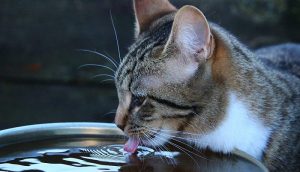 Here it is a help if you make sure that your cat has access to cat grass (you can find it in garden centres, sometimes as an indoor pot plant), this helps the cat’s digestion. Sometimes on very hot days cats lick their fur with particular intensity, and moisturise it in this way. The resulting evaporation helps to cool them down. They may sometimes pant a little, with their mouths open which has the same effect.
Here it is a help if you make sure that your cat has access to cat grass (you can find it in garden centres, sometimes as an indoor pot plant), this helps the cat’s digestion. Sometimes on very hot days cats lick their fur with particular intensity, and moisturise it in this way. The resulting evaporation helps to cool them down. They may sometimes pant a little, with their mouths open which has the same effect.
When it is hot, cats get more sleep. Just like human beings, they favour shady and quiet places for a nap; cool stone tiles.
It is very important to make sure that they have sufficient sources of water. Milk is unsuitable. In hot weather cats need more water than at other times, and are happy to help themselves from watering cans, water fountains and saucers. Indoors, you should take care to provide sufficient toilet facilities; these must be clean and easily accessible at all time.

